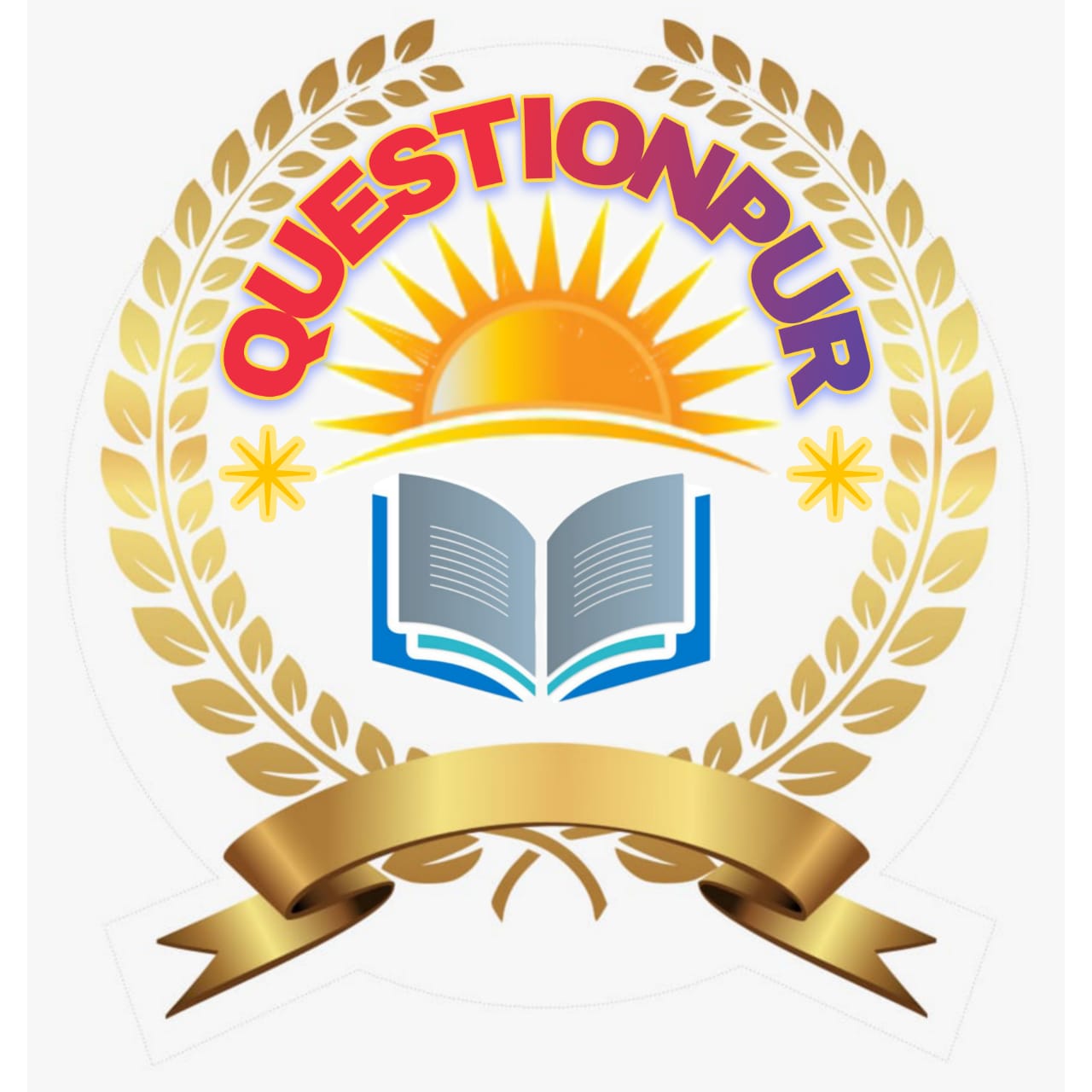Ballad
A narrative song or poem, often of folk origin usually in simple stanzas with a refrain. The word derives ultimately from Latin ballare, to dance. Originally in Romance languages, and in English it meant a dance song. This type of song was lyric not narrative and it may it may well have had close affiliations with ritual dance and with the carol.
Still in the medieval period the term came to be extended to designate any short verse piece lyric or narrative sung or not this usage is general throughout the Elizabethan period and the 17th century and obtains to this day alongside the more rest ricket meaning. Poets like Robert W. Service are referred to as ballandmakers.
The poet William Shenstone in 1761 first suggested that the term "ballad" be restricted to a certain type of narrative song and that the term "song" be applied to short pieces of sentiment and emotion" that is to lyric song. Bishop Percy, in his highly influential reliques of Ancient English poetry consisting of old Heroic Ballads songs and other pieces of our earlier poets (1765) to a degree followed this usage and so helped to establish it.
What is the referent to which the word ballad has been restricted by scholars and critics since the days of shenstone and percy? One is tempted to use a subjective method of definition at this poet and insert let us say an authentic recording of "Sir patrick spens" and after the reader has listened to it say. "This is what we meant by ballad." This suggests that ballads possess a flavour and style that can only be experienced to be fully appreciated and that is true; however, analysis will reveal certain primary characteristics of an objective sort.
Characteristics
The ballad tells a dramatic story focusing on sa ingle situation.' The story is compact and presented mainly by dialogue; it omits exposition description transitions and editing. Its structure has been described as "leaping and lingering" leaping over the transitions and the pedestrian pat of the story to linger on the intense scene.
The beginning of the ballad "fair janet" will illustrate; (scene 1) Jame's father tells her she must marry the French lord (no background no explanation) (scene 2) Janet tells her lover. Wilie of her father's command; (scene 3) Willie and his three sisters; (scene-4) Janet bears Willie's child; (scene 5) Willie takes the child to his mother: (scene 6) Janet's father comes to escort her to her wedding with the French lord. Each of these scenes is developed by dialogue alone and each merges montage like into the succeeding scene with no transitional material whatever.
Ballad story lies at the center of the narrative lyric spectrum (1) straight narrative dramatic narrative (3) lyrical dramatic narrative; (4) lyrical narrative; (5) lyric. Although it may exceptionally occur at either end almost all of the older ballads are in categories 2 and 3. Often a ballad in oral tradition evolves through one or more of these stages.
"The unquiet Grave" for example is lyrical narrative passing into lyric and there is evidence that earlier it was lyrical dramatic narrative "waly waly" has gone all the way into lyric from the ballad 'Janie Douglas.'
The second characteristic of the ballad is the fact, that it is shaped by long life in folk tradition. Like the folk tale it is in the keeping of the folk and is transmitted orally. The result is a folk flavour shown by concrete diction, understatement, preservation of archaisms in language, subject-matter and social relations a tendency toward personification or even animism.





